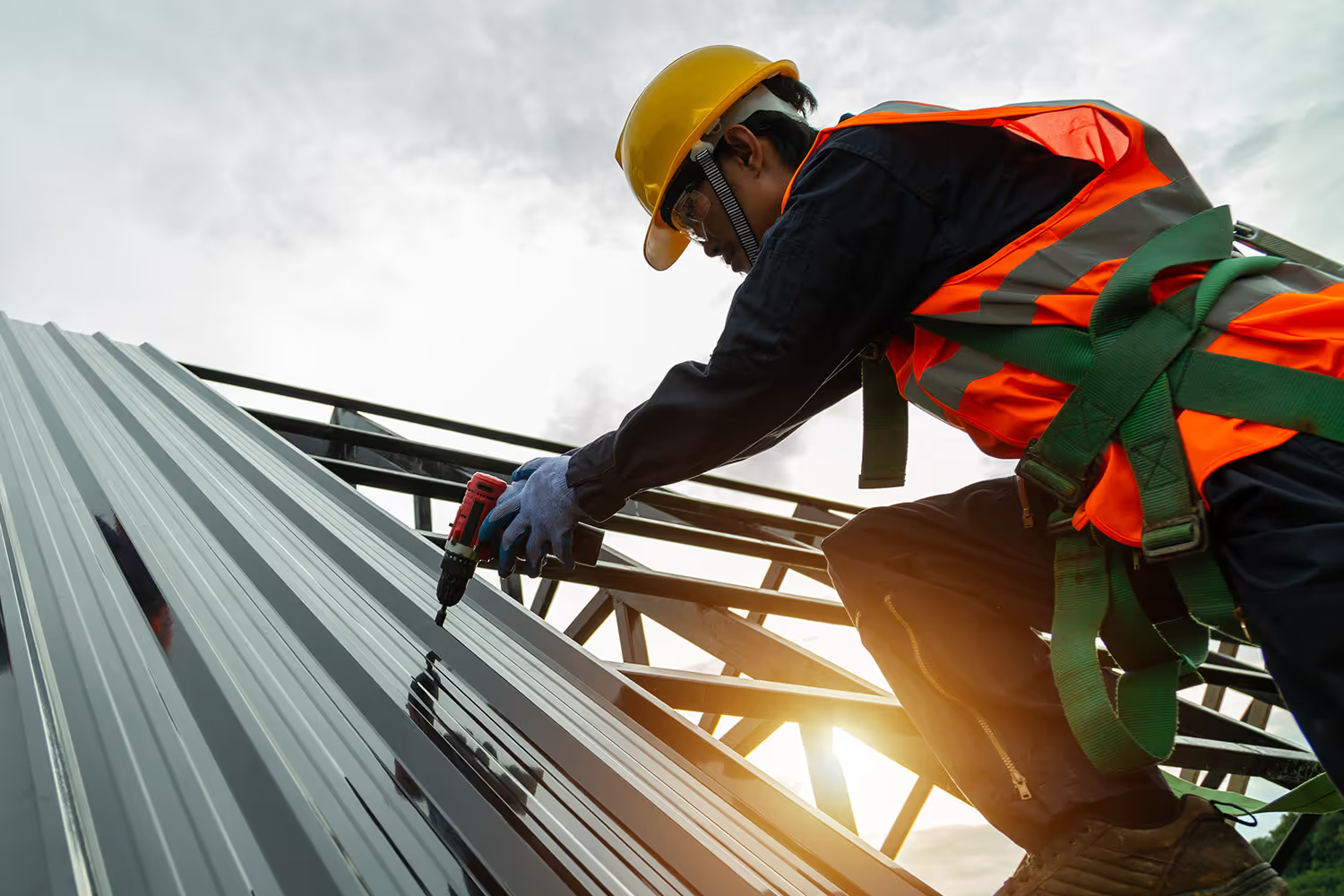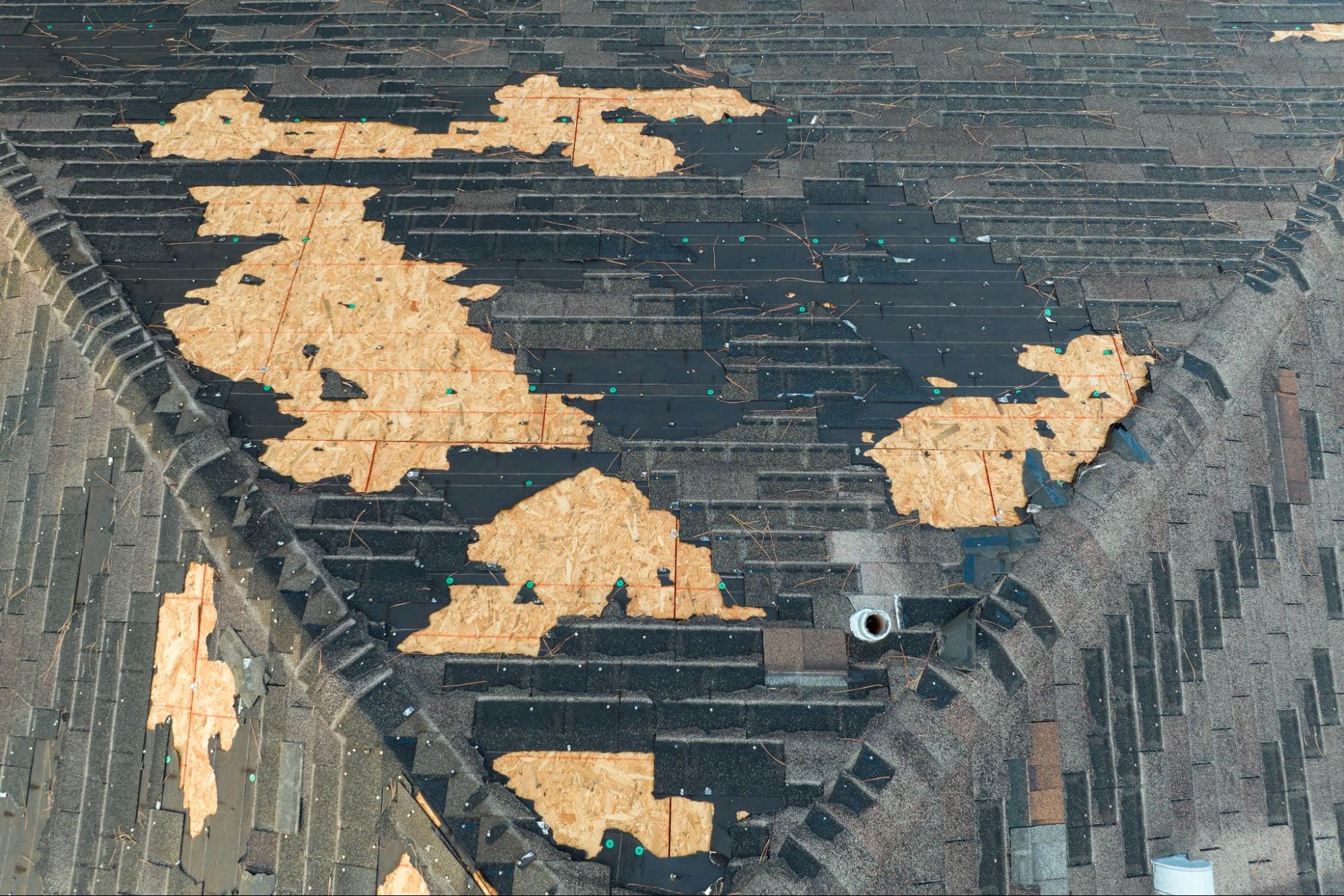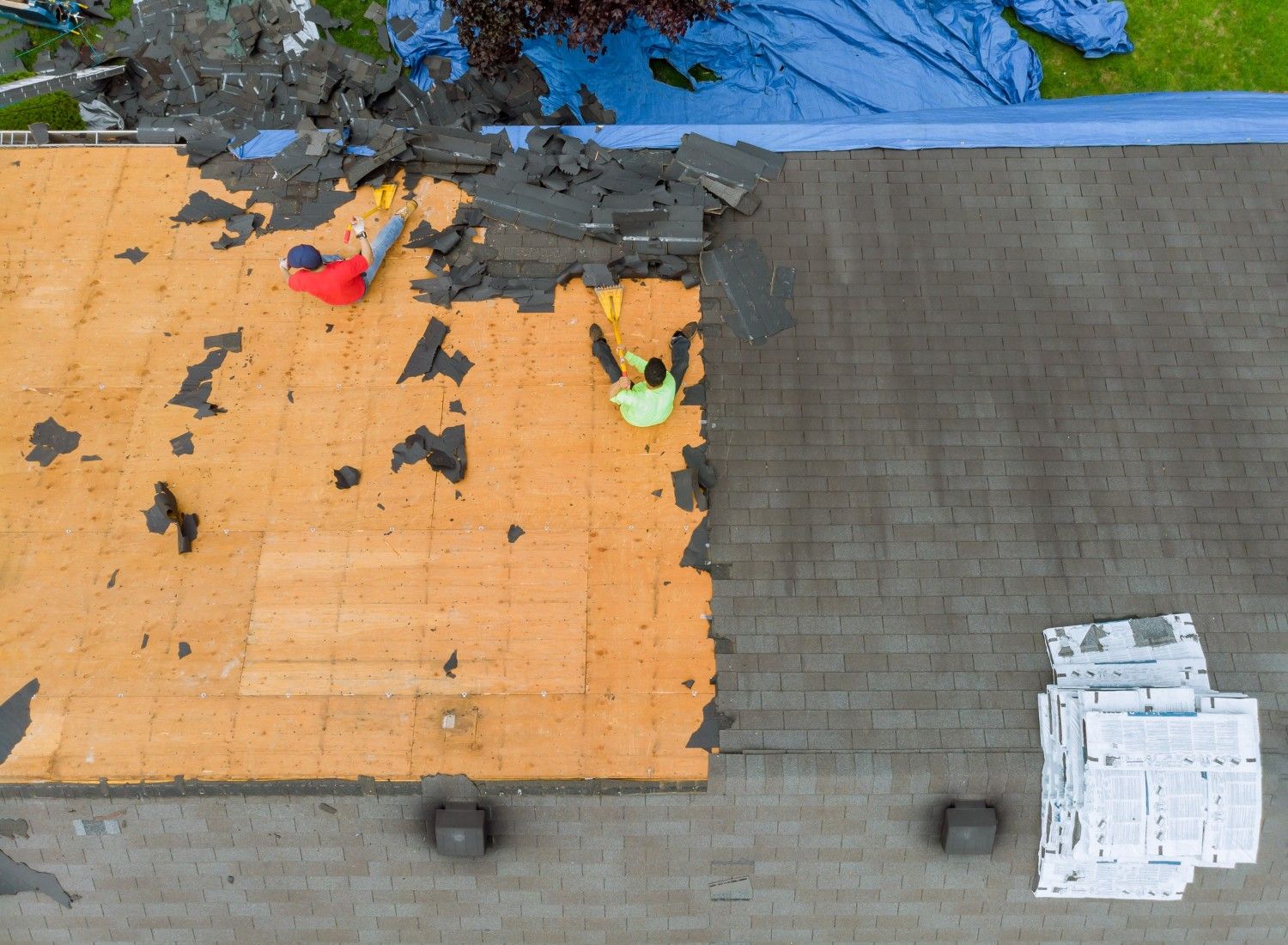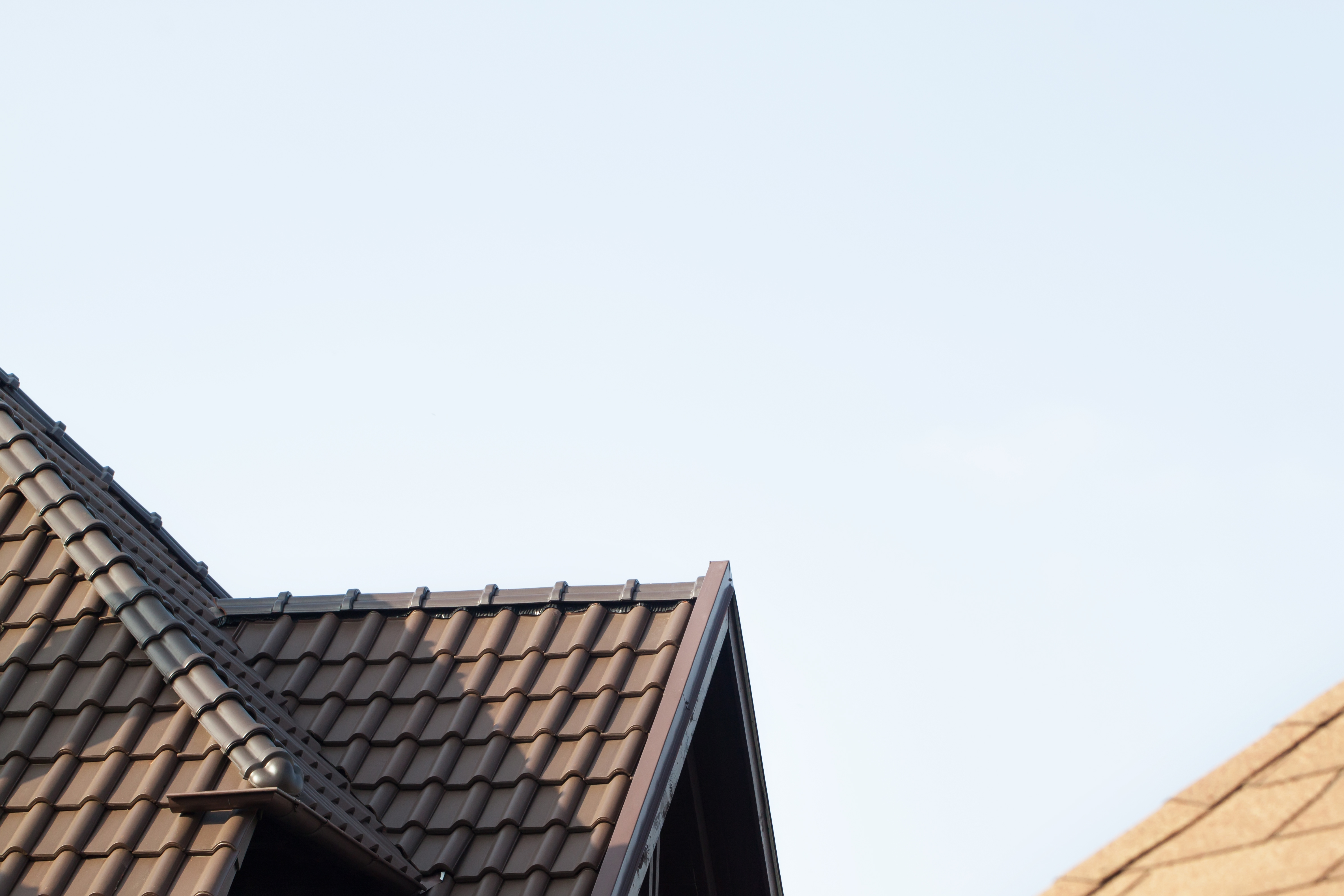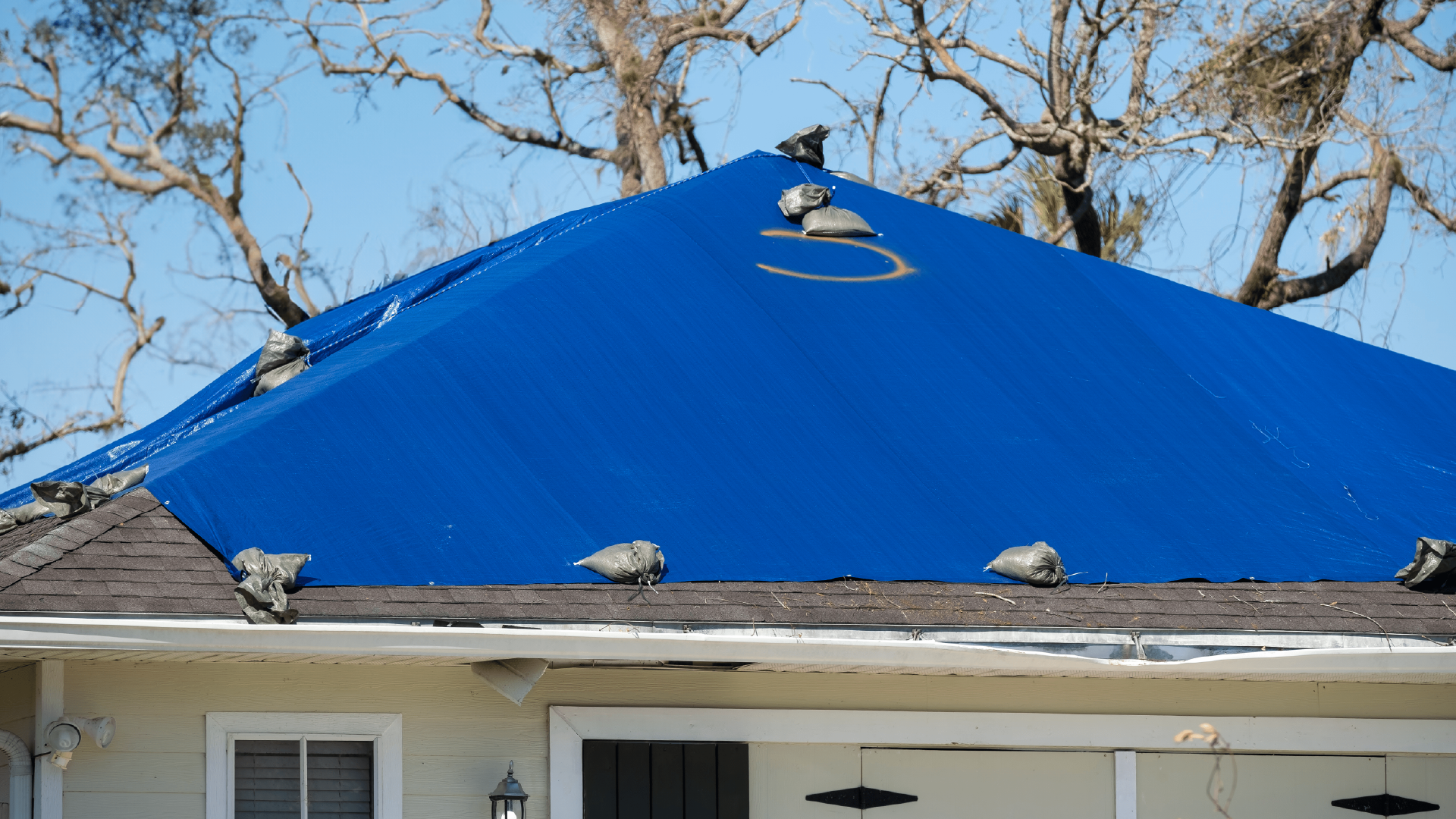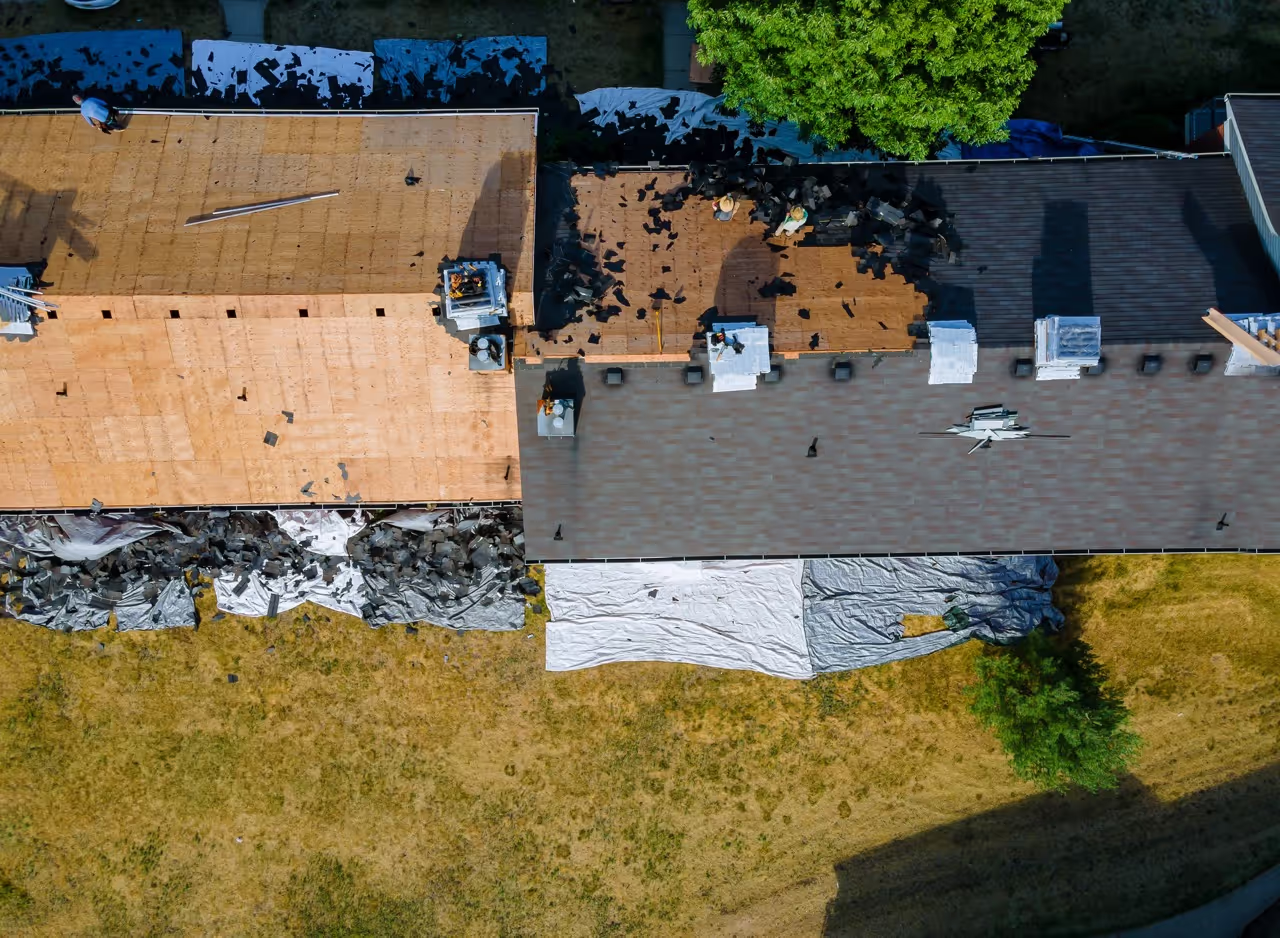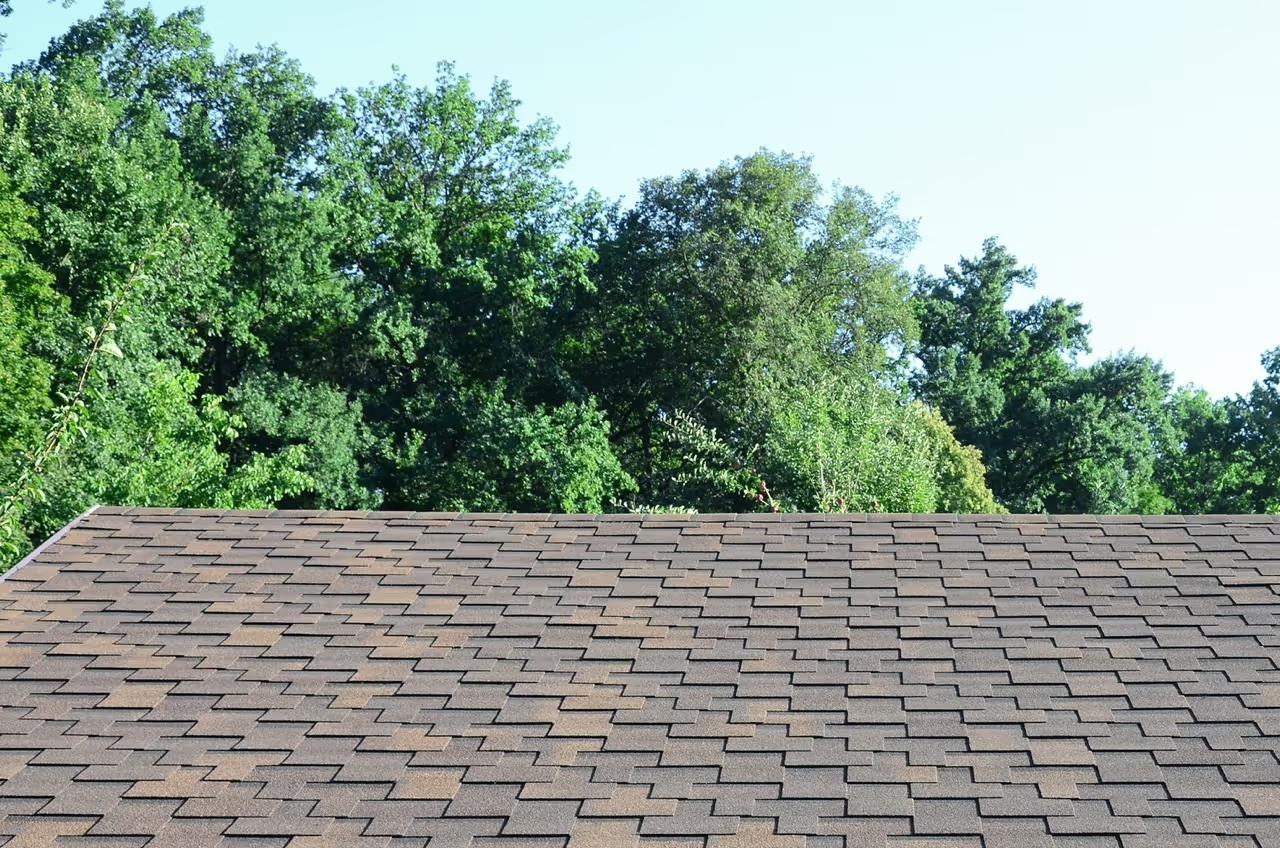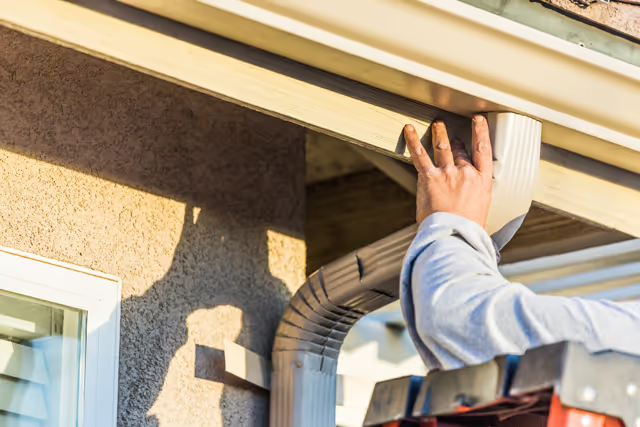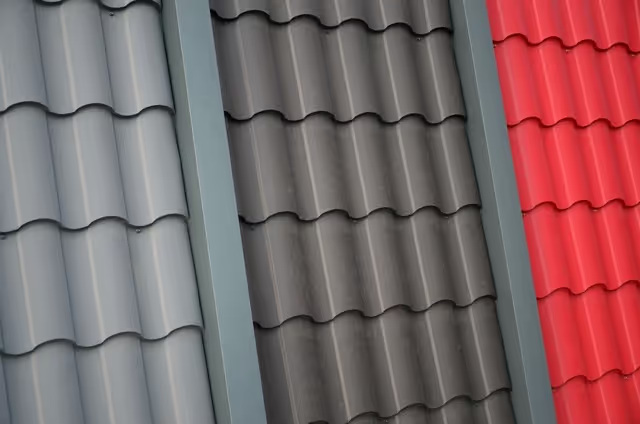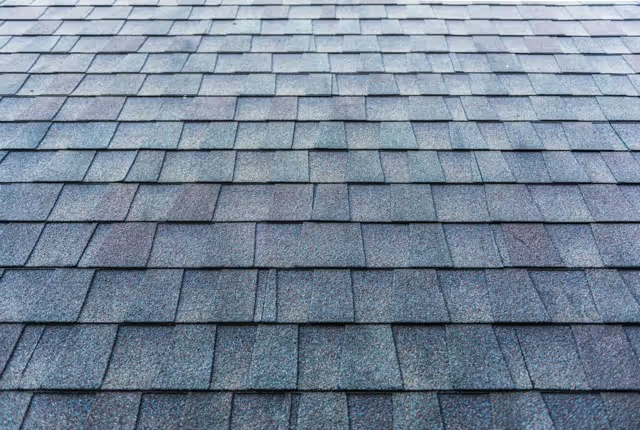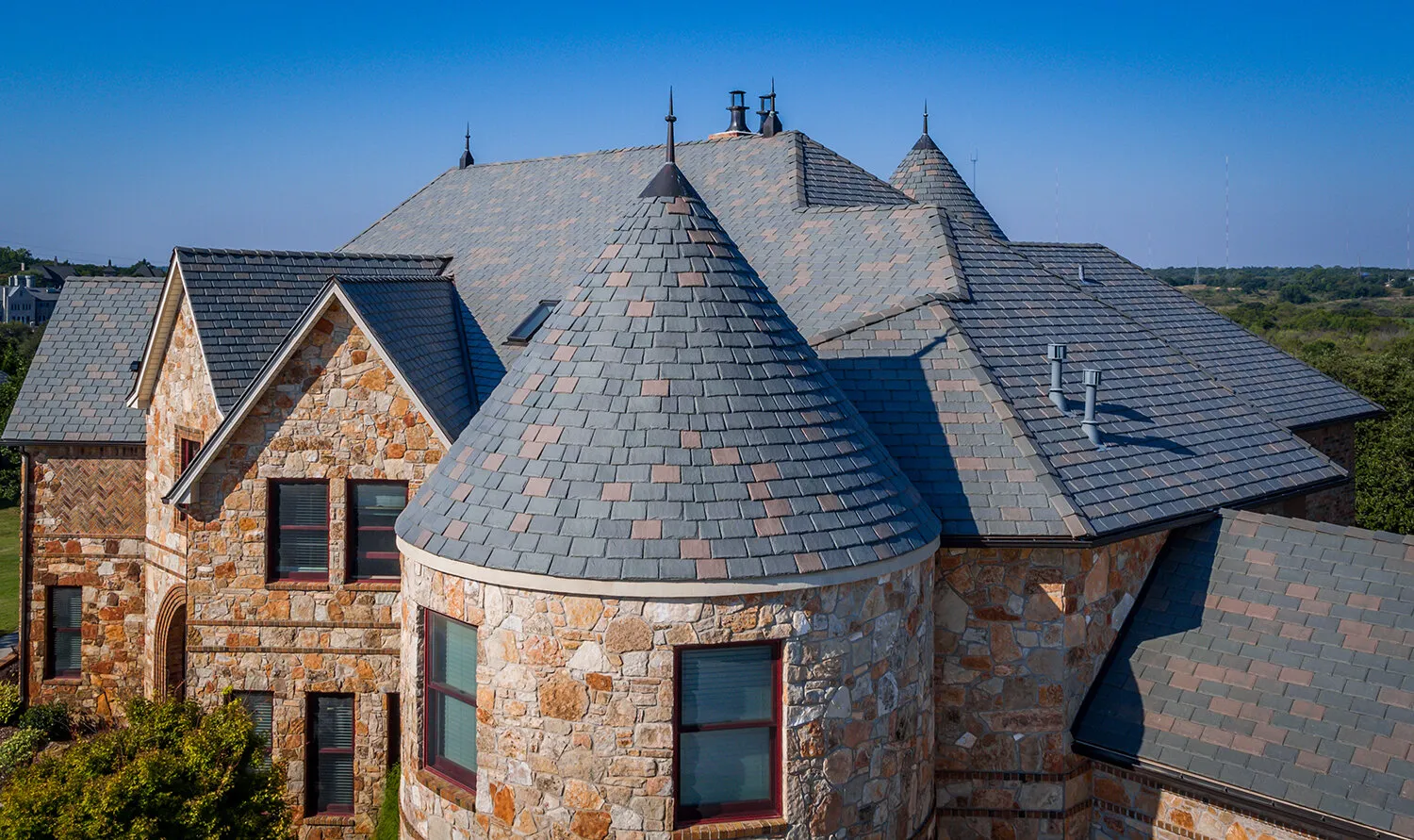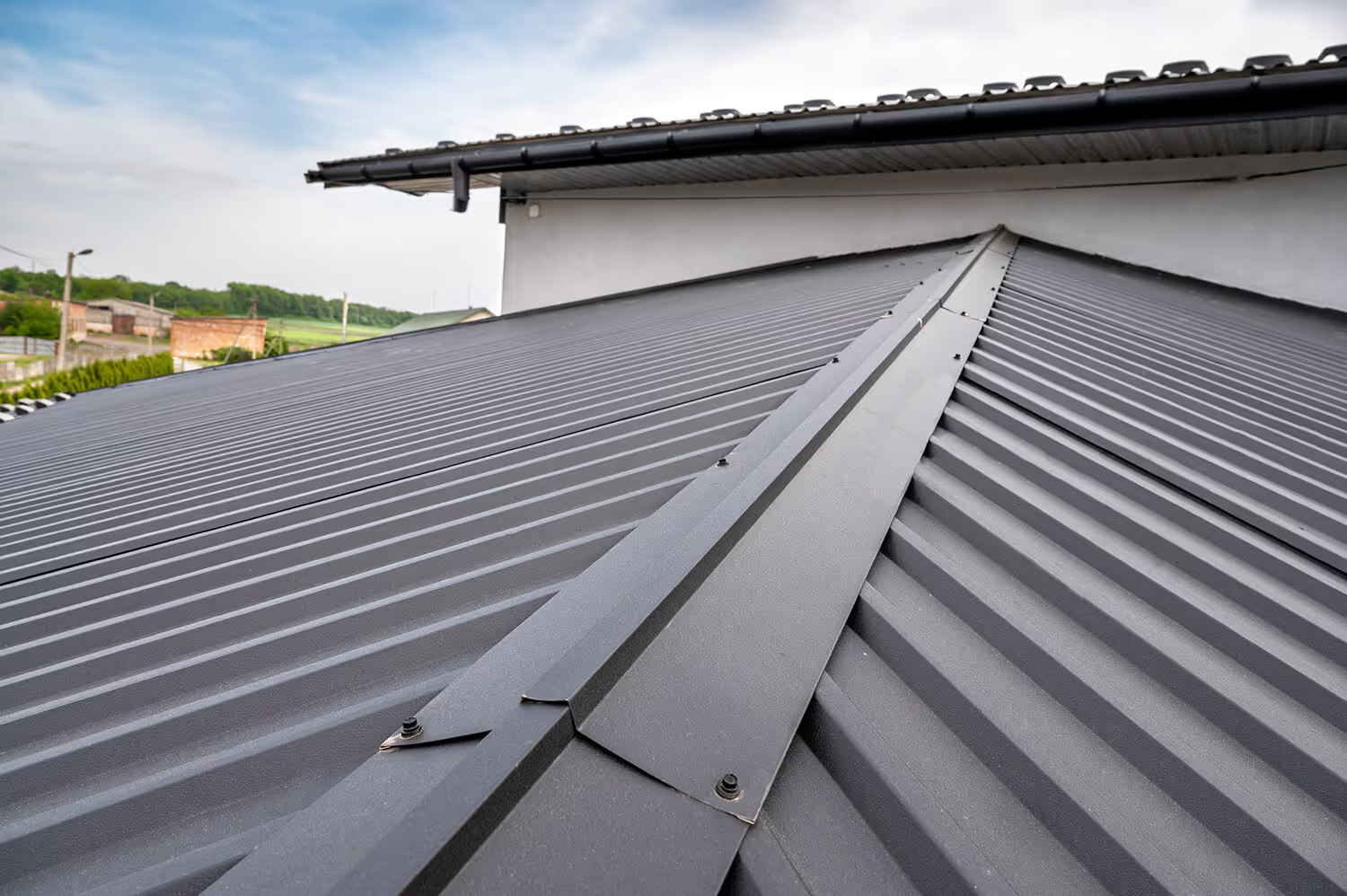9 Signs Your Roof Flashing Needs Attention: A Guide for Commercial and Residential Roofs
Learn the key signs that your roof flashing needs repair to prevent leaks and damage. Get expert tips from Statewide Roofing in Oklahoma.

When it comes to the longevity and durability of your roof, flashing plays a critical role in preventing water from infiltrating your home or business.
Whether you own a commercial building or a residential property, properly installed and maintained roof flashing is key to keeping the structure safe from water damage. Over time, flashing can deteriorate, and when that happens, the risks of leaks, mold growth, and even structural damage increase.
So, how can you tell when it's time to call in professionals like Statewide Roofing to inspect or repair your roof flashing?
In this blog post, we’ll walk through the common signs that your roof flashing may need attention. By catching these issues early, you can avoid costly repairs and extend the lifespan of your roof.
1. Visible Rust or Corrosion on Metal Flashing
Roof flashing is typically made from metals such as aluminum, copper, or galvanized steel.
Over time, exposure to the elements—especially moisture—can cause the metal to rust or corrode.
If you notice rust spots, discoloration, or pitting on the flashing, this is a clear sign that the metal is deteriorating and no longer providing a watertight seal.
Why it matters
Rust weakens the metal, making it more prone to cracks and gaps.
Once moisture begins to penetrate the flashing, it can lead to leaks inside your home or business, causing further damage to walls, ceilings, and insulation.
What to do
Regular roof inspections can help identify rust before it causes significant damage.
If rust is detected, replacing the flashing with a more durable, rust-resistant material may be necessary.
2. Lifting or Loose Flashing
One of the most noticeable signs that your flashing needs attention is if it's lifting or coming loose from the roof surface. Flashing is installed where the roof meets vertical surfaces like chimneys, vents, or skylights. If the seal between the flashing and the roof is broken, water can easily seep underneath and cause damage.
Why it matters
Loose flashing often leads to water leaks that can rot the underlying structure or lead to mold and mildew growth. In commercial buildings, this can damage stock or equipment, while in homes, it can cause significant structural problems.
What to do
Inspect the edges of your flashing periodically. If you notice it's coming loose or lifting, have a professional re-secure it or replace it as soon as possible to prevent water infiltration.
3. Water Stains on Interior Ceilings or Walls
One of the more indirect signs that your roof flashing is compromised is noticing water stains on your interior ceilings or walls.
These stains are often a result of water leaking through gaps in the roof where the flashing has failed to provide a proper seal.
Why it matters
Water stains are often a sign that the damage has already been done.
Mold, mildew, and rot could have already started developing in areas you can’t see. Left unaddressed, these leaks can lead to costly repairs and even structural damage.
What to do
If you notice any water stains indoors, it’s crucial to inspect the flashing around potential problem areas, such as skylights or chimneys.
Professional roofers can locate the source of the leak and repair the flashing before the problem worsens.
4. Cracks or Breaks in Flashing
Flashing can crack or split over time, particularly in regions with extreme weather variations, like Oklahoma.
Temperature fluctuations cause the metal to expand and contract, leading to cracks or splits. This is especially common in older flashing or flashing made from lower-quality materials.
Why it matters
Even a small crack can allow water to seep into the roofing structure, leading to significant water damage.
Cracked flashing can also create entry points for pests, such as insects or small animals, which can further damage your roof or attic space.
What to do
Regularly inspect the condition of your flashing for any signs of cracking.
If you notice any splits, it’s time to have the flashing replaced by professionals who can recommend more durable materials suited to your specific roof and climate.
5. Pooling Water Near Flashing
Flashing is designed to direct water away from vulnerable areas of your roof.
However, if you notice that water is pooling near vents, chimneys, or valleys where flashing is installed, it could indicate that the flashing is no longer performing its job effectively.
Why it matters
Pooling water can lead to accelerated wear and tear on both the flashing and the roofing materials surrounding it.
Standing water increases the chances of leaks, mold, and damage to the roof decking underneath.
What to do
Address pooling water immediately by having a roofing expert inspect the flashing and surrounding areas.
If the flashing is found to be improperly installed or damaged, repairing or replacing it can help prevent further water-related issues.
6. Deterioration of Roofing Materials Around Flashing
Another sign that your flashing needs attention is if the roofing materials (such as shingles, tiles, or rubber membranes) around the flashing show signs of wear or damage.
This might include curling, cracked, or missing shingles, which can allow water to penetrate the roof's surface.
Why it matters
If the materials near the flashing are damaged, it’s often a sign that water is leaking beneath them due to faulty or worn-out flashing.
This can cause extensive damage to the roof deck and underlayment, which may require costly repairs.
What to do
If you notice roofing materials in poor condition near the flashing, it’s a good idea to have both the materials and the flashing inspected and repaired as necessary.
Proactive repairs can save you from major roof damage in the future.
7. Moss or Algae Growth Near Flashing
While moss or algae growth on your roof is not always a cause for concern, it can indicate moisture problems if it’s concentrated around the flashing.
This is particularly true for commercial buildings, where standing water or moisture buildup can promote the growth of moss or algae.
Why it matters
Moss and algae hold moisture against your roof, which can lead to rot and decay in both the flashing and the roofing materials.
Left unchecked, this growth can compromise the integrity of your roof and require costly repairs.
What to do
If you notice moss or algae growth near flashing, it’s important to remove it and inspect the area for any underlying moisture issues.
A roofing professional can also apply treatments to prevent regrowth and ensure the flashing is functioning properly.
8. Flashing Installed with Improper Materials
Sometimes, the problem with your roof flashing isn’t wear and tear but improper installation. If the wrong materials were used during installation, the flashing might not provide a proper seal or stand up to weather conditions over time.
In Oklahoma, where the weather can fluctuate dramatically, using the right materials is especially crucial.
Why it matters
Improper materials can lead to premature failure of the flashing, leaving your roof vulnerable to leaks and water damage.
Commercial buildings, in particular, should be inspected to ensure that the flashing materials are up to code and suitable for the building type.
What to do
If you’re unsure about the materials used in your flashing, it’s a good idea to have a professional roofer inspect the installation.
They can recommend appropriate materials that will last longer and perform better under local weather conditions.
9. Flashing That Has Separated from Roofing Structures
Roof flashing is installed in sections, and over time, these sections can separate due to factors like wind, heavy rain, or thermal expansion.
If you notice gaps or separations between the flashing and the roof, it's a sign that the flashing is no longer creating a watertight seal.
Why it matters
Separated flashing allows water to enter the roof structure, leading to leaks and significant internal damage.
For both commercial and residential properties, this can result in costly repairs if left unattended.
What to do
If you notice any separation in your roof flashing, contact a roofing professional immediately. They can reattach or replace the flashing to ensure your roof is properly protected.
Conclusion
Roof flashing is a critical component in maintaining the integrity of both commercial and residential roofs.
Regular inspections and timely repairs can prevent minor issues from turning into major problems.
If you've noticed any of the signs mentioned above, it may be time to schedule a professional roof inspection with Statewide Roofing. Our experienced team can identify flashing problems early and provide the necessary repairs to keep your roof in top condition for years to come.
Don’t wait for a small issue to turn into a costly repair—protect your property by ensuring your roof flashing is up to the task. Call us or contact us today to get started with Statewide for all your roofing needs in Oklahoma!
Recent News Posts
Let’s Get Started Today
Call Statewide Roofing for a free quote for all your roofing and home improvement needs. We specialize in all kinds of roofing systems for both commercial and residential buildings.
Let us know if you have any questions about us, our services, financing, repairs, or our process. Our team is here to answer any of your questions and get you the information you're looking for regarding any of your roofing needs. We're happy to help! For immediate assistance, give us a call to speak with one of our professionals and get started with Statewide.
.avif)
Roofing services
roofing financing options
Statewide Roofing offers roofing financing options to help our homeowners afford the cost of roof replacements and repairs. We are partnered with Service Finance Company, LLC. to offer these financing options.
